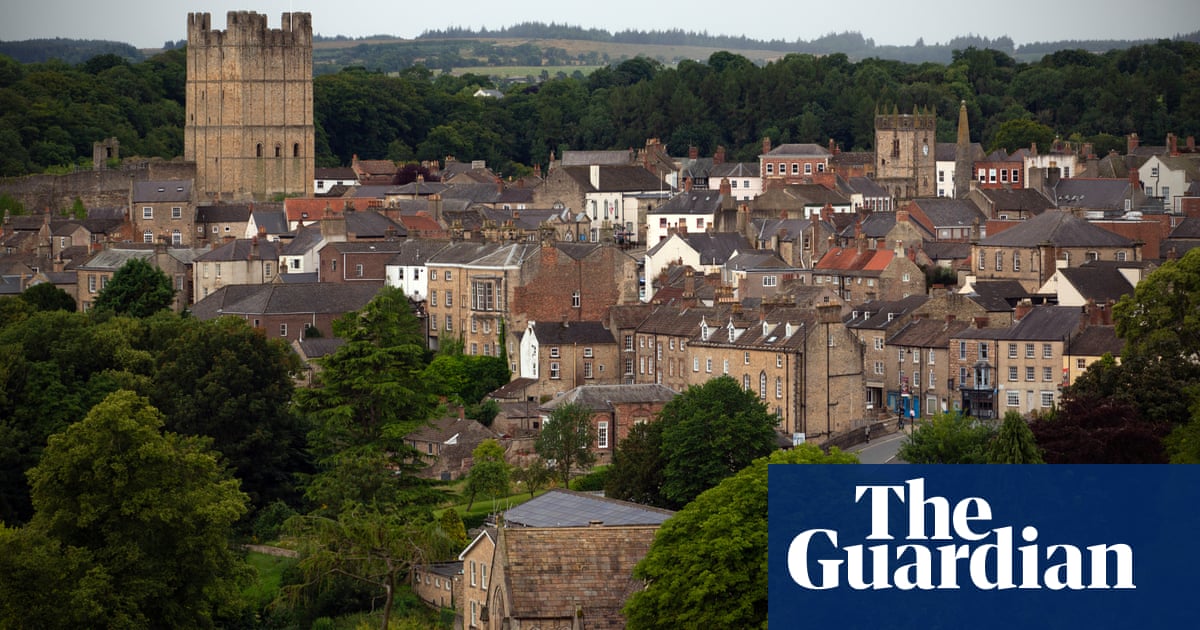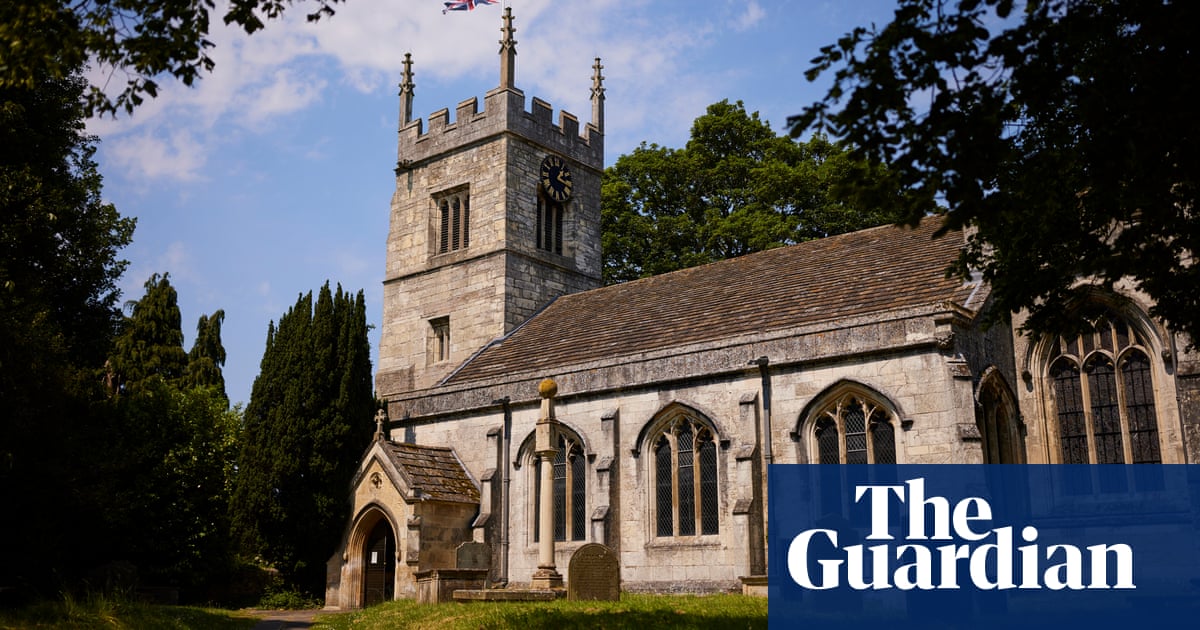
Once part of the original northern powerhouse, Elsecar has long since been more familiar with tourists visiting its Victorian railway, quaint stone cottages and historic reservoir than with miners and ironworkers.
But while the former pit village in Barnsley, South Yorkshire, has taken a hit during the pandemic, like many sightseeing hotspots, it is to be bolstered by a renewed recognition of its industrial heritage.
A total of 16 of its historic sites, dating back to the 18th and 19th centuries, have been listed and upgraded by the Department for Digital, Culture, Media and Sport (DCMS) on the advice of Historic England.
Among the six newly listed sites are Elsecar’s former ironworks, which produced plating for the Royal Navy’s first armour-plated warship, HMS Warrior, and Hemingfield colliery, a rare surviving mid-1800s pithead, as well as three worker’s cottages.
The village was originally built by the Earls Fitzwilliam in the 1700s, close to their estate at Wentworth Woodhouse. It was turned into a model industrial village by the 4th earl, William Fitzwilliam, a Whig statesman and one of the richest men in Britain at the time, with quality houses built for workers, as well as allotments, a church and a school.
Historic England said the school, now known as Elsecar Holy Trinity CE primary academy, has also been listed at Grade II in recognition of the “paternalistic attitude” of the earls towards their workforce.
Nine sites have also been upgraded from Grade II to Grade II*, pushing them into the top 10% of England’s most important historic buildings. These include the 6th earl’s personal railway station, which now operates as a nursery aptly named Railway Children and was used as a departure point for his trips to the Doncaster races in the 19th century.
While numerous villages across the country have large numbers of listed buildings, the body said Elsecar was unusual because of the survival of a concentration of buildings linked to the Industrial Revolution.
Debbie Mays, Historic England’s head of listing, said: “Not only can we see many of the remains of its collieries and ironworks but also the community that was built around it: the school, the worker’s cottages and the church.”
The new recognitions will also benefit an area that Historic England said was “marked by high indices of multiple deprivation and that still bears the scars of the 1980s pit closures and miners’ strike”. It is in a three-year partnership with Barnsley Museums to promote economic and cultural growth in the village by promoting its industrial past.
While Elsecar usually attracts more than 700,000 visitors each year, numbers have been down this year due to the coronavirus, but the body said numbers remained “very high”.
The listing ensures the sites extra protection, including that proposals to make alterations must take into account their historical interest.
Sir Stephen Houghton, the leader of Barnsley council, said: “We are very proud of this official recognition of just how important the heritage at Elsecar is. Already visited by over half a million people each year, the village means a great deal to local people and supports jobs and economic impact for our communities.”











